
May 3, 2013
Once a Brownfield Site, The Steel Yard Is Now a Creative Center
Historic industrial site becomes a multi-purpose community campus
The Bruner Foundation team wrapped up our site visits to the 2013 Rudy Bruner Award for Urban Excellence finalists with a trip to The Steel Yard in Providence, Rhode Island. Submitted by Klopfer Martin Design Group, the Steel Yard is an ongoing redevelopment of an historic steel fabrication facility into a campus for arts education, workforce training, and small-scale manufacturing.
Along with Congo Street Initiative and Inspiration Kitchens, the Steel Yard incorporates the rehabilitation of existing buildings and the use of recycled materials; like Via Verde and Louisville Waterfront Park, it is a brownfield site. The unseasonably cold weather we’ve experienced on most of our trips persisted during our visit to Providence. While the outdoor courtyard was quiet, indoors, people were occupied with creative metalworking and craft making while we met with staff, board members, program partners, community representatives, and funders from the Steel Yard.
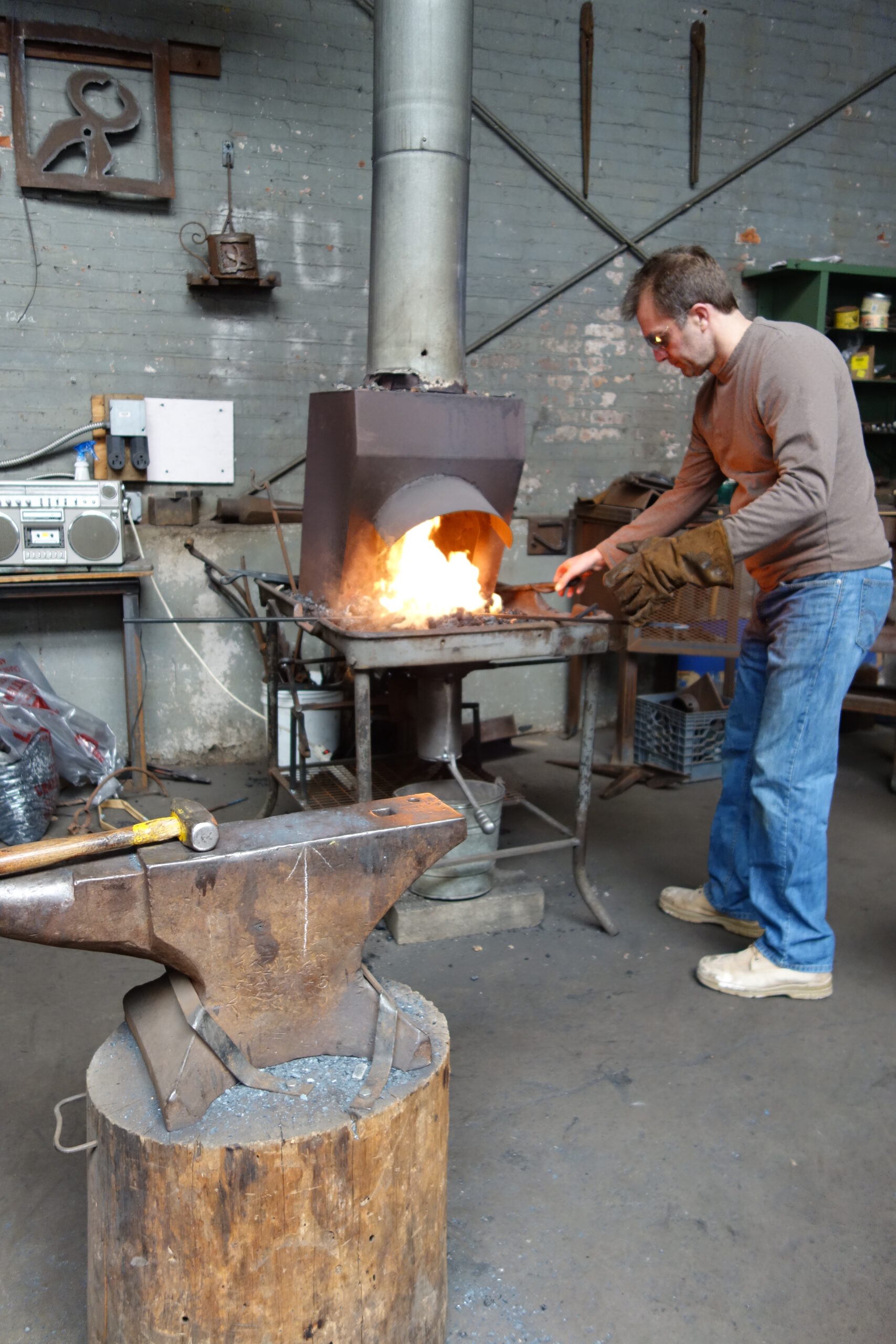
Welding classes and workshops are offered.
Courtesy The Bruner Foundation
Located in Providence’s Industrial Valley along the Woonasquatucket River just west of downtown, the Steel Yard occupies the site of Providence Iron and Steel Company, a 100-year old business that closed in 2001.The property was purchased by two graduates of Brown University and Rhode Island School of Design (RISD), who lived in the adjoining Monohasset Mill artists’ live/work complex. The 3.5-acre site, with its gantry cranes and rough brick and metal buildings, became an ad hoc community and gathering space for people interested in creative, industrial arts.

The Steel Yard before site improvements and remediation.
Courtesy Klopfer Martin Design Group
The Steel Yard was incorporated into a nonprofit organization and subsequently hired an executive director to oversee expansion of the organization and the redevelopment of the site. Landscape architecture firm Klopfer Martin Design Group came on to develop a master plan that retained the rough, industrial character of the site while addressing the cleanup of contaminants generated by the former occupants. Remediation required compliance with the US Environmental Protection Agency (EPA), the Rhode Island Department of Environmental Management’s (DEM) regulations, and months of education and negotiation with numerous environmental agencies including the Narragansett Bay Commission.
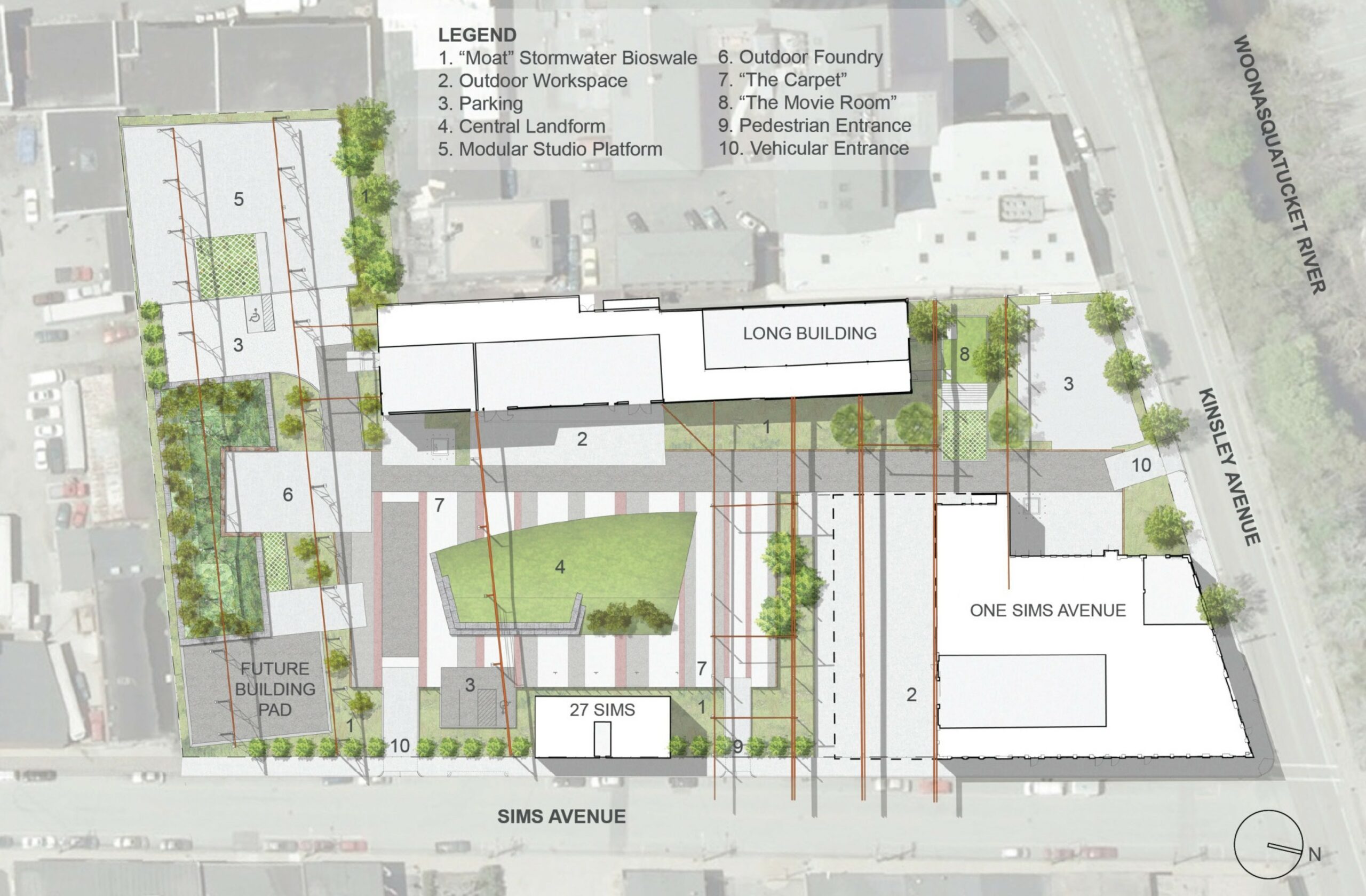
The master plan for the site.
Courtesy Klopfer Martin Design Group
The resulting design, completed in 2010, is a creative response to strict regulatory requirements and the Steel Yard’s commitment to use the best sustainable practices possible within a tight budget. A minimal amount of the most contaminated soil was removed. The remainder was treated with a binder and consolidated and covered with clean soil and a combination of landscaping and paving to create nine different environmental caps in the process. Permeable paving reduces runoff, and the site is graded to create a moat that collects storm water, 90 percent of which remains in the area.
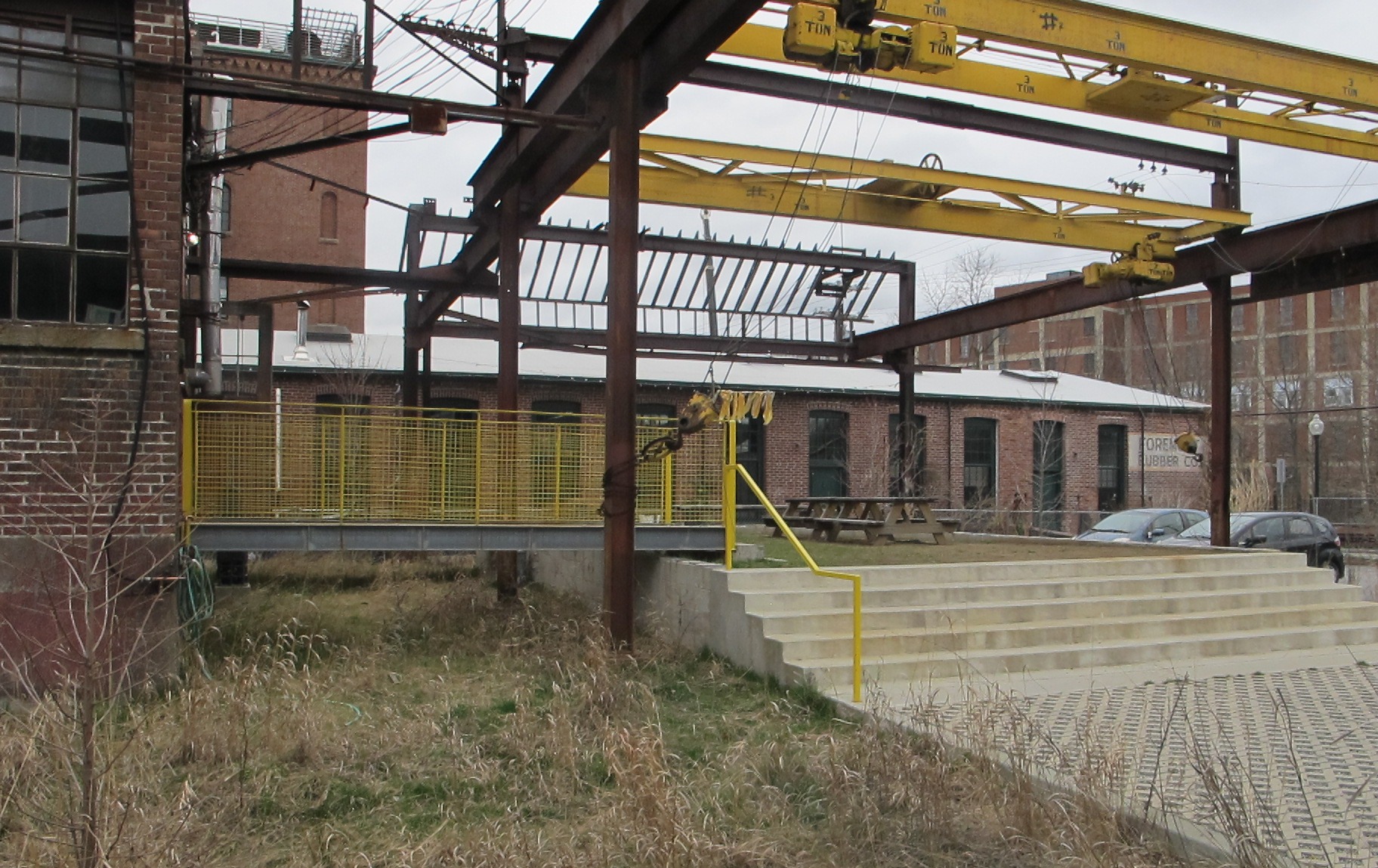
Landforms like this raised platform and moat address environmental remediation and stormwater runoff.
Courtesy Bruner Foundation
The project’s landforms and variety of paving materials create visual interest and allow for numerous activities including tractor-trailer deliveries, product fabrication, display, and gathering spaces for events. Scrap metal is incorporated into retaining walls and railings. Native, easily colonized plants recreate the untended, “urban wild” look of the site prior to remediation. Hook-ups for future power and plumbing have been provided throughout the property to allow for future expansion of programming and facilities.
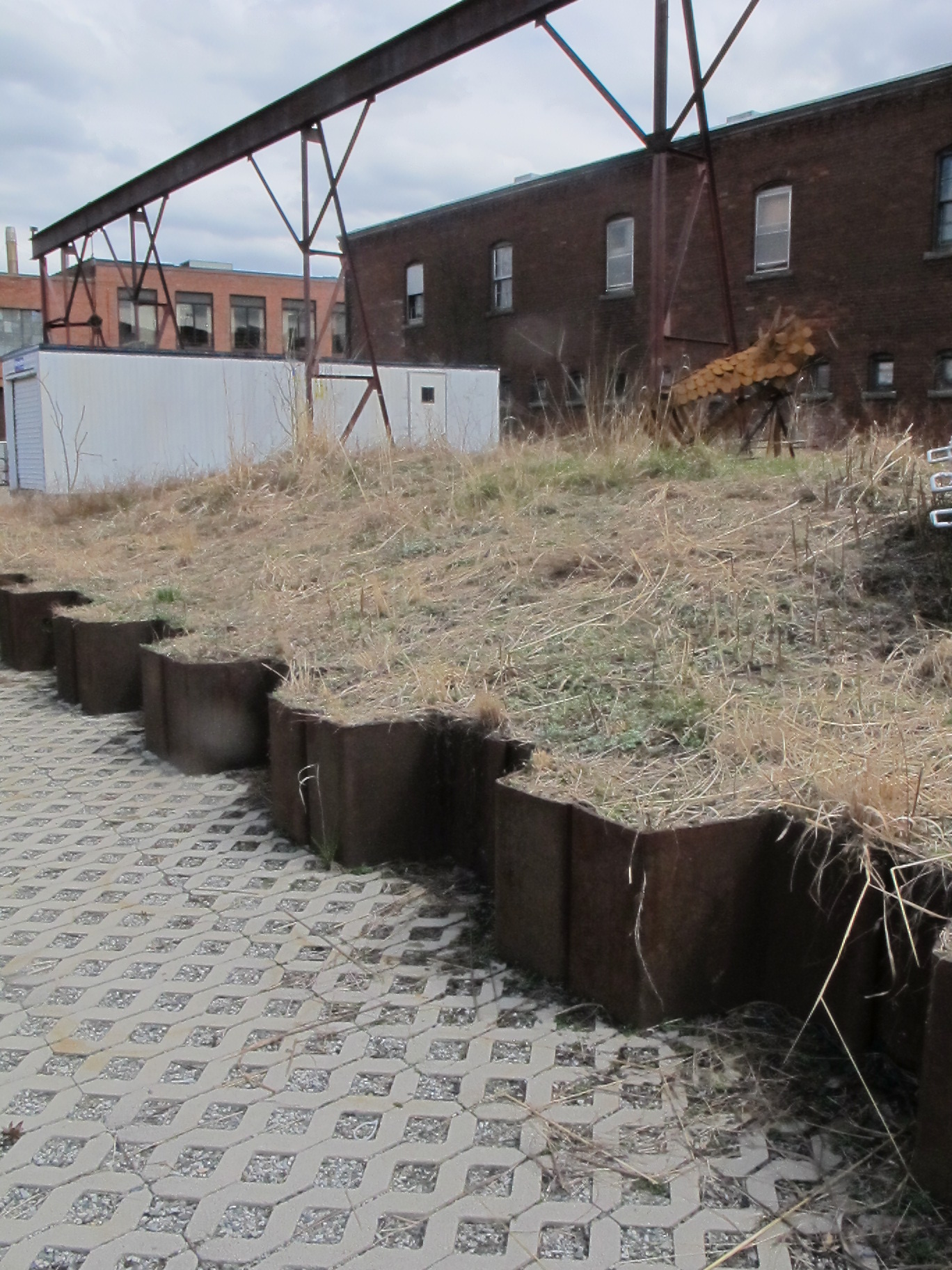
Gantry cranes and retaining walls of recycled steel recall the site’s heritage.
Courtesy Bruner Foundation
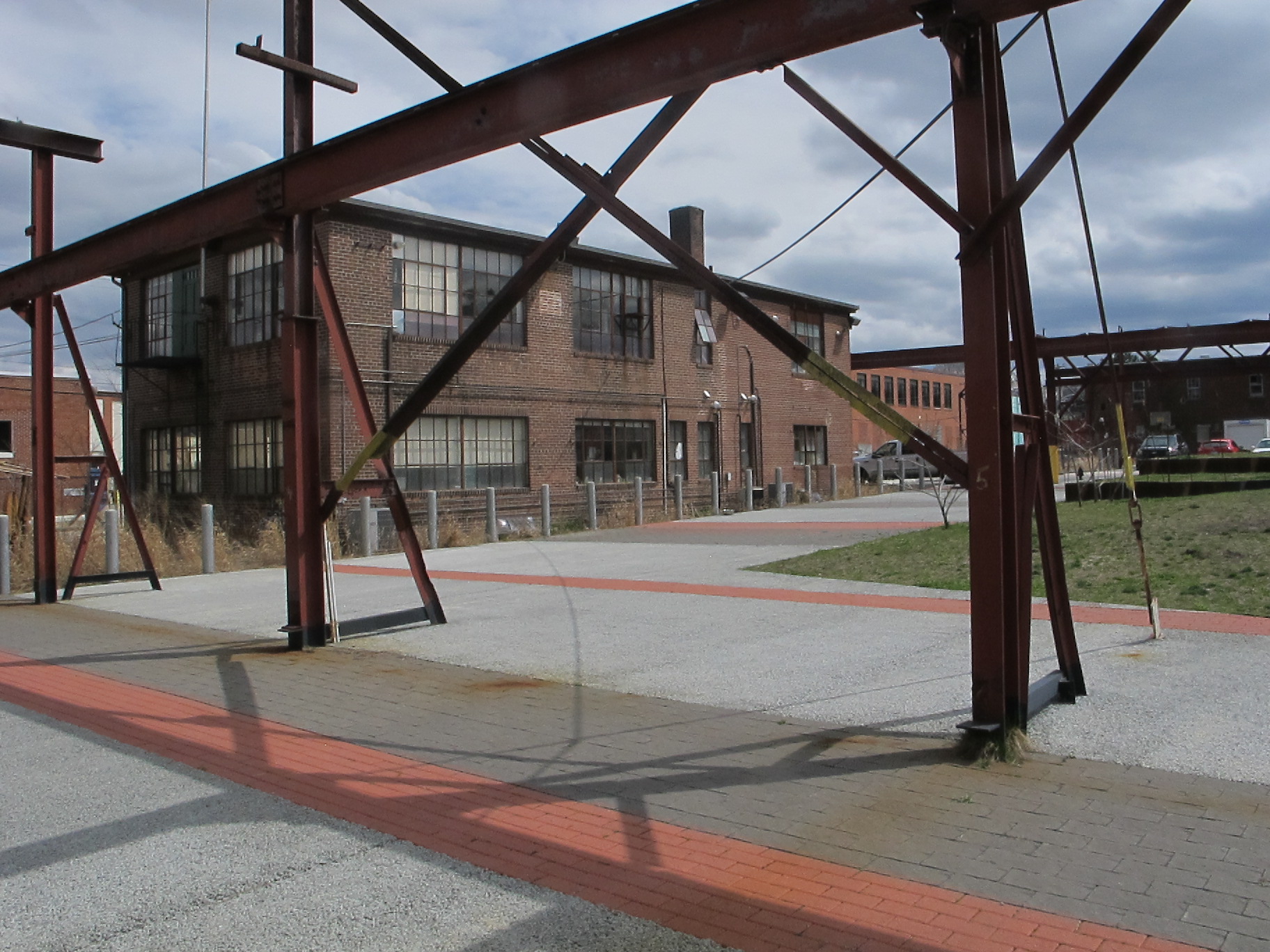
A variety of paving materials create visual interest and serve as environmental caps.
Courtesy The Bruner Foundation
The Steel Yard seeks to foster the industrial arts and incubate small business within a creative environment of experimentation. Today, the campus offers industrial arts classes for adults and area youth, a work force training program, and fabrication space used by the organization and area artists. Through its Public Projects program, the Steel Yard works with local artists to design and produce custom-designed street furniture like bike racks, fencing and gates, trashcans, and tree guards that are positioned downtown and in city neighborhoods, recognized by their Steel Yard logo. The Steel Yard is host to numerous public events, including an annual Halloween Iron Pour, classic car shows, movie nights, private weddings, and other events.
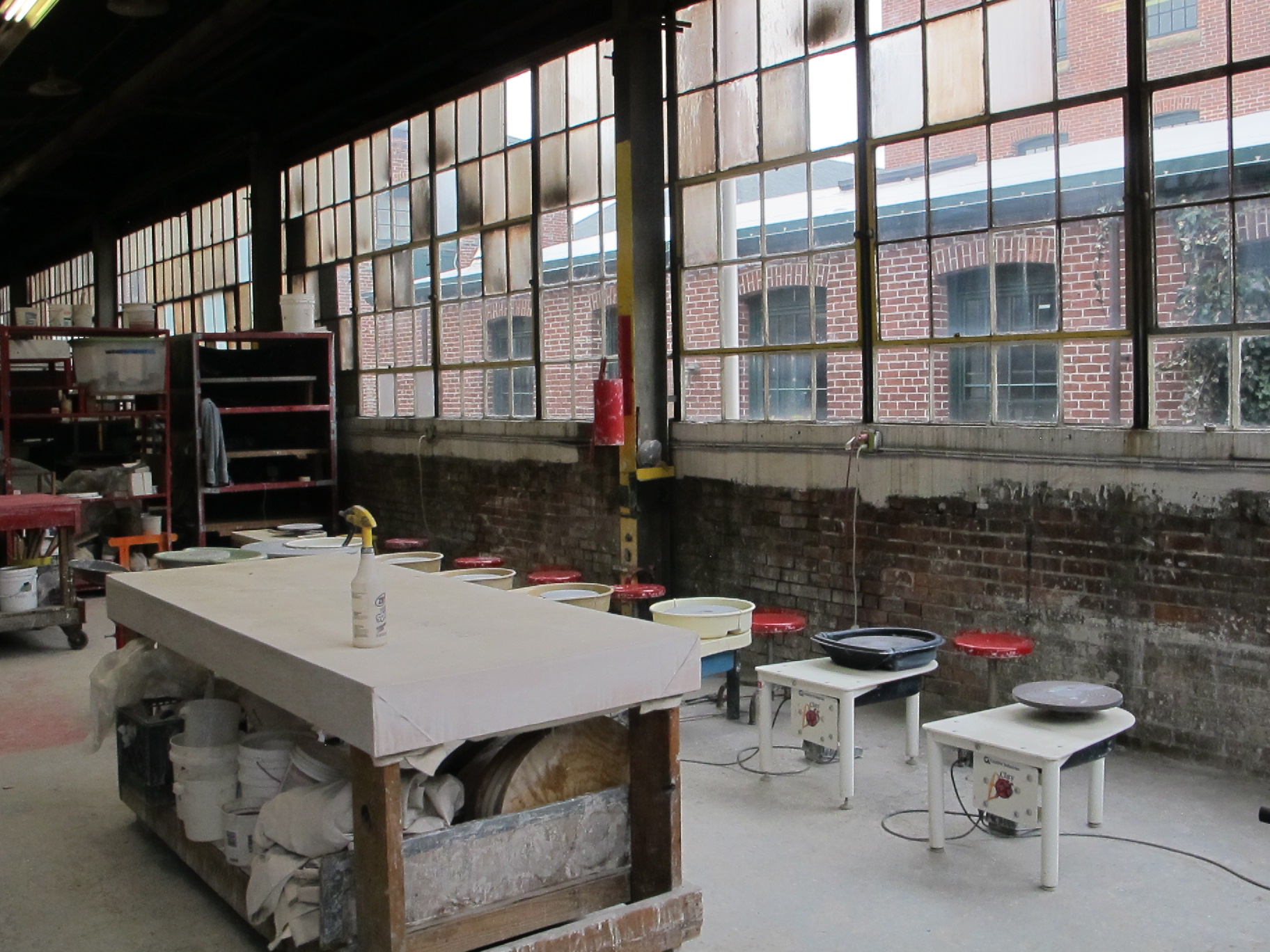
A ceramics co-op offers workshop space for students and area artists.
Courtesy Bruner Foundation
Funding for the $1.2 million development included two EPA brownfield redevelopment grants. Ongoing operating and program support for the organization is provided by the Rhode Island State Council on the Arts, private donors, and partnerships with local businesses as well as earned income from classes, site rentals, and the Public Projects program.
In a few short years the Steel Yard has become a center for creative activity. It bridges the traditional arts community on Providence’s East Side with manufacturing businesses and the city’s industrial, lower income West Side. The project has received recognition for its innovative approach to site remediation, including a 2011 Honor Award from the American Society of Landscape Architects (ASLA) and documentation as a case study for brownfield regeneration by the EPA and others. Investment in and redevelopment of the property and surrounding mill buildings reflect the city’s growing interest and pride in its industrial heritage and creative community.
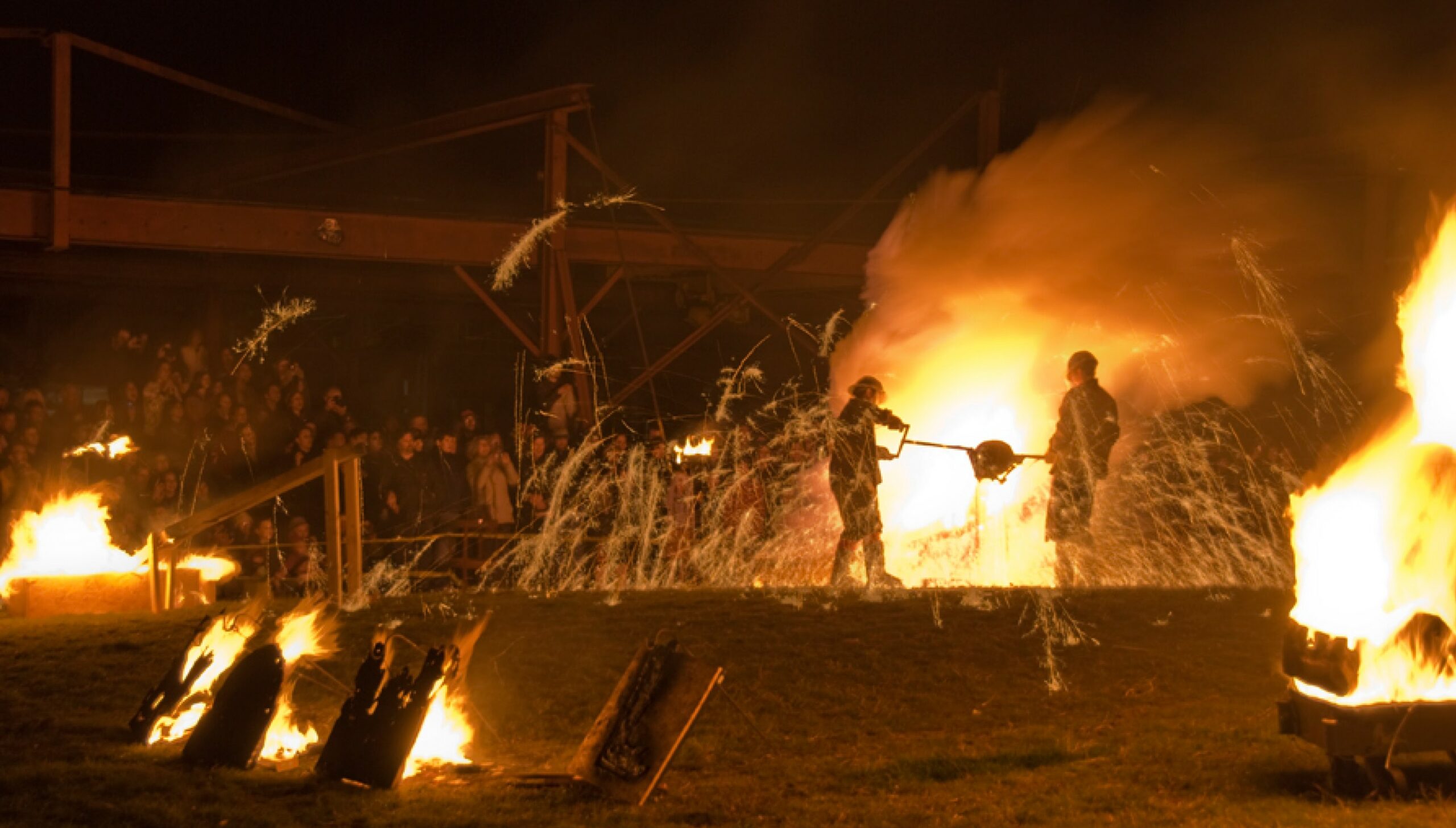
The annual Halloween Iron Pour event features artists and live music.
Courtesy the Steel Yard
With our 2013 site visits completed, our Bruner Foundation team will take the information we’ve collected and prepare a detailed report for our selection committee, for their meeting this month in Oklahoma City this month. They will determine which of the five finalists will receive the Gold Medal and $50,000 and which will receive Silver Medal and $10,000 to forward their projects. Stay tuned!
Anne-Marie Lubenau, AIA, is director of the Rudy Bruner Award for Urban Excellence (RBA) for the Bruner Foundation in Cambridge, Massachusetts. An architect and advocate for educating and engaging people in design of the built environment, she is a graduate of Carnegie Mellon University and was a 2012 Loeb Fellow at the Harvard Graduate School of Design.
This post is part of a series written and curated by RBA that focuses on placemaking in American cities. The blogs offer a detailed look at the 2013 award selection process and site visits, case studies from past award winners, and highlights from events such as the Bruner-Loeb Forum.





